10 Irresistible Ethiopian Chicken Recipes That’ll Spice Up Your Kitchen!
Are you tired of the same old grilled chicken routine? Looking to bring some global flair and serious spice into your cooking repertoire? Well, look no further than Ethiopia — a country rich in flavor, culture, and culinary tradition. Ethiopian cuisine is known for its bold spices, communal dining experience, and deeply aromatic dishes, especially when it comes to chicken.
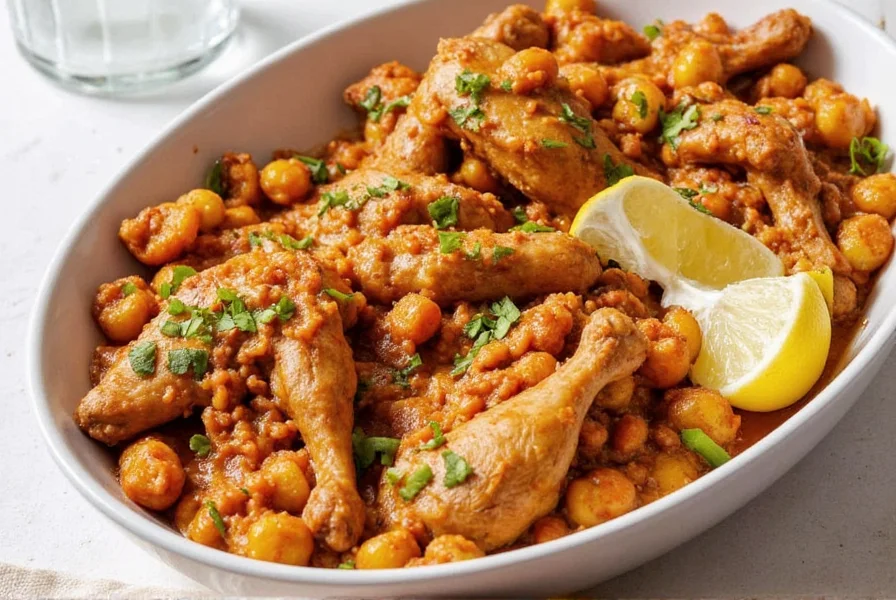
Table of Contents
- Introduction to Ethiopian Chicken Cuisine
- Top 10 Ethiopian Chicken Recipes You Need to Try
- Essential Ethiopian Spice Blends
- Buying Guide: Essential Ingredients for Authentic Ethiopian Chicken
- Tips & Tricks for Perfect Ethiopian-Style Chicken at Home
- Conclusion
Introduction to Ethiopian Chicken Cuisine
Ethiopian food is one of the most underrated yet incredibly flavorful cuisines in the world. It’s deeply rooted in history and influenced by centuries of trade with the Middle East and India. Chicken plays a central role in many Ethiopian homes, especially during special occasions and holidays like Easter or Meskel. The use of berbere, niter kibbeh, and other fragrant spices elevates the humble chicken into something extraordinary.
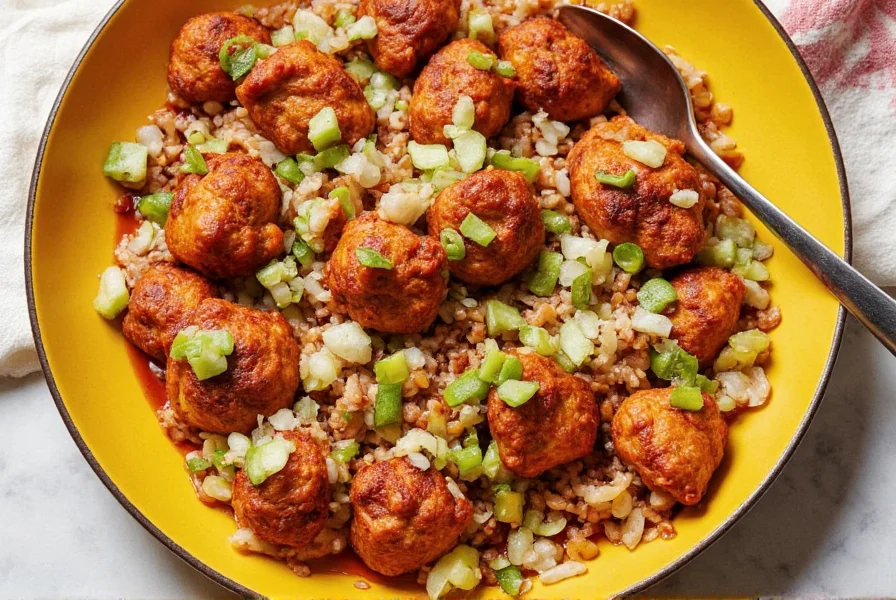
Top 10 Ethiopian Chicken Recipes You Need to Try
Whether you’re new to Ethiopian cooking or looking to expand your palate, these recipes are guaranteed crowd-pleasers. Here's a curated list of must-try Ethiopian chicken dishes:
- Doro Wat – The king of all Ethiopian chicken stews.
- Kik Alicha Doro – A mild yellow lentil and chicken stew.
- Tibs Doro – Sautéed chicken with vegetables and spices.
- Shiro Doro – Chickpea flour-based stew with chicken.
- Alicha Doro – Mild turmeric-infused chicken stew.
- Misir Wat Doro – Spicy red lentil chicken stew.
- Be’se Be’se – Slow-cooked chicken in a thick sauce.
- Gomen Beyaynetu – Spinach stew with chicken additions.
- Doro Alecha – Chicken simmered in a gentle spiced broth.
- Kitfo Doro – Minced raw beef with chicken side (traditional)
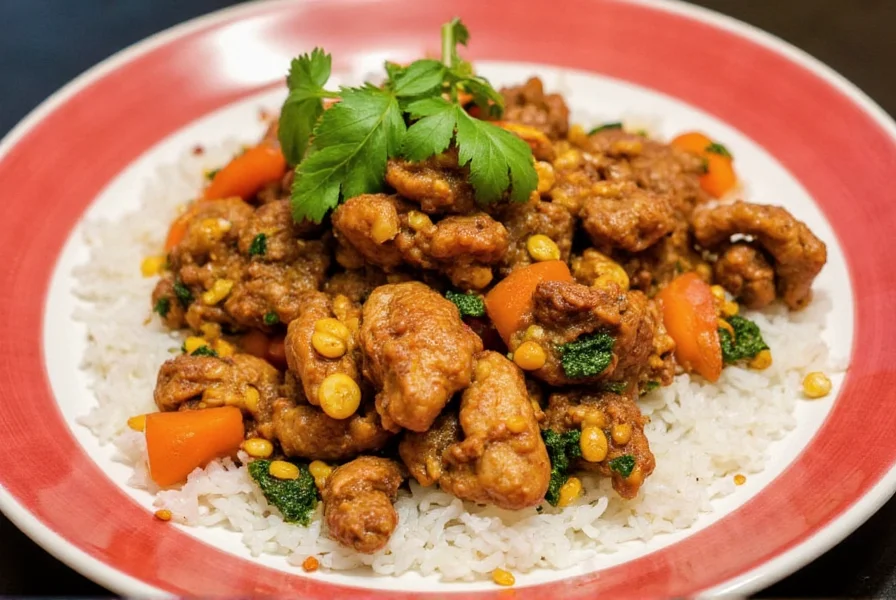
Doro Wat: The Queen of Ethiopian Chicken Stews
No list would be complete without mentioning Doro Wat, often considered the national dish of Ethiopia. This slow-cooked chicken stew uses berbere, niter kibbeh, garlic, ginger, and hard-boiled eggs. Its complexity and depth of flavor make it a true masterpiece.
Essential Ethiopian Spice Blends
The magic of Ethiopian chicken lies in its unique spice blends. Here's a breakdown of the most commonly used ones:
| Spice | Description | Flavor Profile | Best Used In |
|---|---|---|---|
| Berbere | A fiery blend including chili peppers, garlic, ginger, basil, korarima, and more | Hot, earthy, smoky, and slightly sweet | Doro Wat, Misir Wat |
| Niter Kibbeh | Clarified butter infused with spices like fenugreek, cardamom, and cinnamon | Aromatic, savory, nutty | Stews, legumes, and sautéed veggies |
| Korerima | Ethiopian black pepper | Pungent, floral, peppery | Braising meats and fish |
| Turmeric | Golden spice with anti-inflammatory properties | Earthy, mild bitterness | Alicha Dishes, rice, sauces |
Buying Guide: Essential Ingredients for Authentic Ethiopian Chicken
If you're diving into Ethiopian cooking, here’s a handy guide to help you pick out the best ingredients for authentic results.

- Berbere Powder: Look for organic, additive-free versions. Brands like Berbere Brothers and Habesha Market offer great quality.
- Niter Kibbeh: Can be homemade or bought from specialty stores. Freshness is key to capturing the full aroma.
- Injera Flour: Teff flour is ideal, but if unavailable, a mix of sorghum and barley works well.
- Fresh Herbs: Coriander, thyme, and rosemary add layers of flavor to your dishes.
- Chicken Cuts: Bone-in thighs are preferred for their moisture and flavor retention.
| Product | Features | Advantages | Best For | Recommended Brands |
|---|---|---|---|---|
| Berbere Spice Blend | Organic, hand-mixed with over 10 spices | Authentic flavor, no preservatives | Doro Wat, Shiro Doro | Berbere Brothers, Mama Ethiopia |
| Niter Kibbeh (Spiced Butter) | Clarified butter infused with regional spices | Adds richness and aroma | Sauces, stews, legumes | Habesha Gourmet, Homemade |
| Teff Flour | Gluten-free, high-protein ancient grain | Perfect for traditional injera | Side accompaniment | Brown Teff Co., Bob’s Red Mill |
| Bone-in Chicken Thighs | Juicy, fatty cuts with deep flavor | Retains moisture and spice | All Ethiopian stews | Organic Valley, Perdue Organic |
Tips & Tricks for Perfect Ethiopian-Style Chicken at Home
Cooking Ethiopian-style chicken might seem intimidating at first, but with the right techniques and tools, anyone can master it. Here are some pro tips:
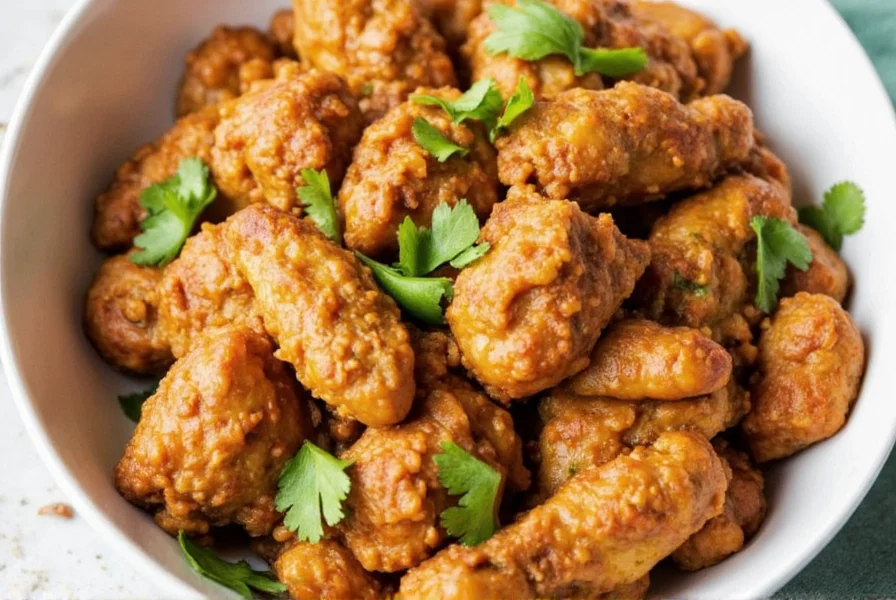
- Slow Cooking Is Key: Let your chicken stew simmer slowly to allow the flavors to develop fully.
- Toasting Spices First: Lightly toast your spices before adding them to the oil for deeper flavor.
- Use Bone-In Cuts: Bones add richness and depth to the broth and stew base.
- Don’t Rush the Niter Kibbeh: Simmer your spiced butter slowly so the flavors infuse properly.
- Serve With Injera: Traditional spongy flatbread that complements any stew beautifully.
- Garnish Generously : Add chopped green onions, cilantro, or a dollop of yogurt for brightness.
Conclusion
Ethiopian chicken recipes are a gateway to a world of bold flavors, cultural richness, and community-centered meals. Whether you're hosting friends or just spicing up a weeknight dinner, these recipes will take your kitchen game to the next level. With the right spices, a little patience, and an adventurous spirit, you too can recreate the soulful essence of Ethiopian cuisine right at home.
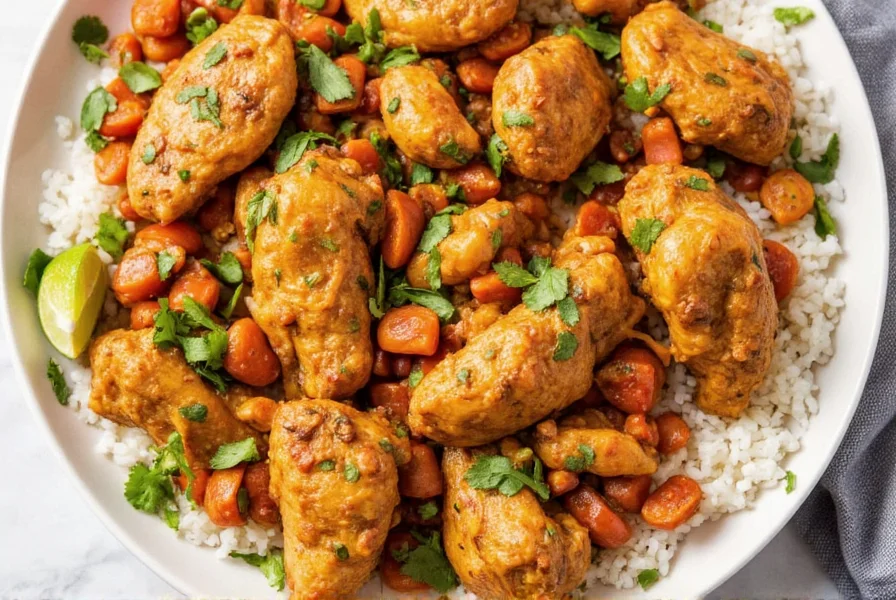

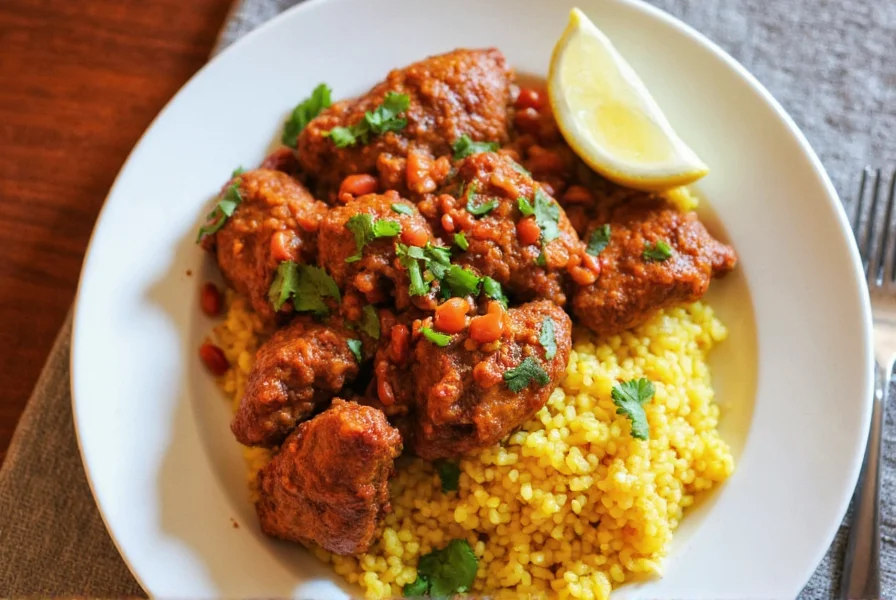









 浙公网安备
33010002000092号
浙公网安备
33010002000092号 浙B2-20120091-4
浙B2-20120091-4